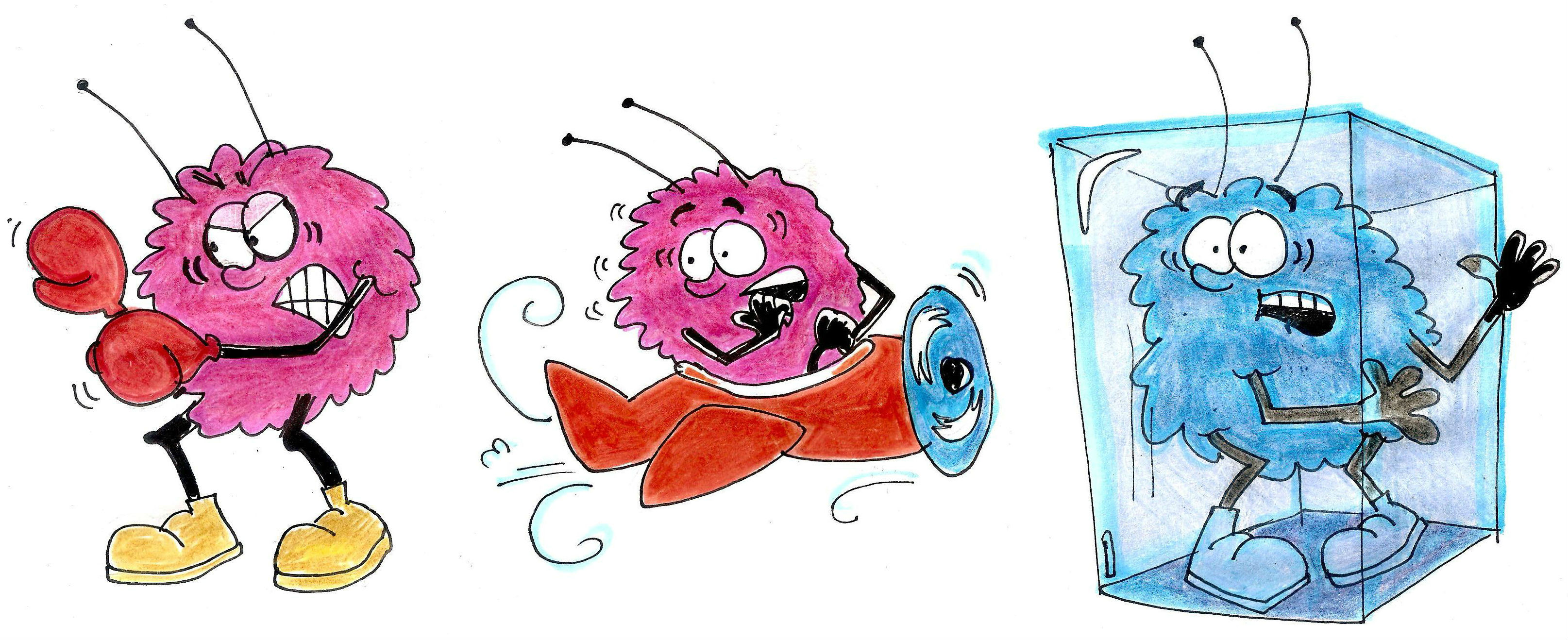I had an interesting insight in my practice, quite devastating. It was that I have been living in my threat system my whole life. My mind and body have been wired accordingly so that every change, every uncertainty is a potential threat. Most thoughts that are engaged set me into spirals of planning for future control and catastrophising all future possibilities so that I am prepared. This thinking primes my nervous system for fight or flight.

This insight was helped along by an excellent movement practice led by Fay Adams at the weekend as part of the MSc: Studies in Mindfulness (click here for more details). The movement was based on the work of Steven Porges and his polyvagal theory, adapted into a movement practice by mindfulness teacher Alistair Appleton. It situates the fight response in the hands becoming fists and in tension in the arms, shoulders and jaw in preparation for a fight. I notice in my daily life experience a tendency for my hands to clench, a tendency for at least two of my teeth to be clenching together, teeth grinding in the night and for tension in my arms and shoulders- that are an inch higher up than they should be. I feel relief that I have made this connection, but also a deep sadness, like grief.
Flight is situated as tension and a readiness to run in the feet, inner thighs, hips & buttocks. Freeze surfaces as a shutting down in the lower abdomen. I feel that I have these less – my mode seems to be fight, which certainly resonates.
Having this insight brings an opportunity for change: to consistently open and relax these parts of my body in yoga based movement and relaxation practices and in daily life. Yoga based breathing practices with an elongated out- breath, and alternate nostril breathing, all help. Meditation and compassion practice help, as do fairly high frequency melodic sighing, singing or chanting. As well as making sounds, these all require a lengthened out- breath.
Finally, smiling and connecting with friends and loved ones that help us to feel connected and safe, also helps.
So if you find yourself in high sympathetic nervous system arousal, temporarily or habitually, you now know what to do.
In my experience, this has all operated at a fairly subtle unseen level, presumably because it feels normal to me. Although I see some of the thought and thinking activity that triggers and maintains the threat system, I know that this is just the tip of the ice berg, as mostly the threat response is triggered and maintained within me without me being aware of the trigger. This is apparently normal, but I am still stuck with feeling the unpleasant physiological stress response. Thankfully, I have now recognised it for what it is.
If we manipulate our bodies as described above, this will feed signals back to the brain that are contrary to threat. This can then dampen the threat system down. So, there is something we can do. We can cultivate a physiological response of happiness and wellbeing, which hopefully will take root in the brain and then the mind. A bottom up response?
There is also the top down response of gradual mindful acceptance of uncertainty and a myriad of uncontrollable future possibilities. The RAIN practice can help here, which you can access via our new Mindfulness Based Living app, available in the Google Play and Apple stores – for free! Enjoy!
Rob Nairn often quotes Krisnamurti ‘The Seeing is the Doing’ – now I have seen, hopefully change will happen by itself. I am curious to see how this one unfolds – willing to keep my expectations at bay!
Kind Wishes
Heather
To visit our website: please click here
To join our membership: please click here
Follow us on YouTube: please click here
Follow us on Facebook: please click here
Follow us on Instagram: please click here


Very interesting post Heather, the clenching of hands and teeth is something I recognise I do. As you say it’s very subtle and takes a lot of practice to bring attention to it…I often don’t! It’s being able to create the pause and react more compassionately that is so key.
Man, my heart goes out to you, Heather. Clarity is a real double-edged sword, is it not? But I reckon I’d rather see clearly than stumble around in the fog. Perhaps put courage next on your shopping list, eh…? 😉 Sending lots of love (& thanks for the magnificent Mindfulness Association Torch-keyring!!) Katrina xx